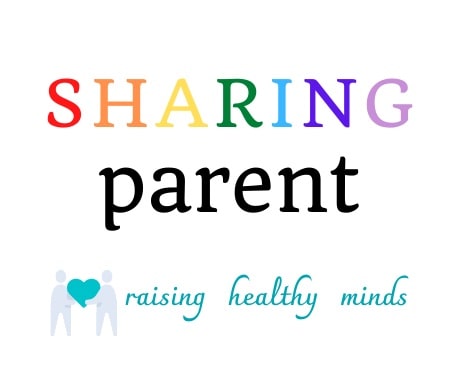We often think how fast we learn or perform something represents how smart we are. ‘If your brain is soaking in material quickly, you’re intelligent’ is a common assumption. It is also a real misconception and could not be further from the truth!
The format used to read and take in information makes a huge difference to how well we retain and can recall that information. For children of all ages, this is hugely important. At this age, they need to be able to build and retain a very rich vocabulary and framework of understanding in order to perform well and keep up in all aspects of schooling.
Technology reigns supreme nowadays, and the advent of audiobooks has brought with it plenty of advantages: You can enjoy them anywhere, less fluent readers often find them more accessible and absorbing, and not printing books, of course, saves trees. But recent research has revealed that, if our goal isn’t to pass the time (as we may do with music for example), but instead to learn something – especially something challenging or complex – we should definitely choose a physical book.
Psychology professor Daniel T. Willingham cites a 2010 study where 48 students either read or listened to an article about child psychology. Although the students spent the same amount of time with their material and did about the same number of distracting activities while they absorbed the information, they scored very differently on a 10-item quiz later: On average, the readers scored 81 percent whereas the listeners scored 59 percent.
In schools and colleges, the difference between 81 percent and 59 percent is the difference between a top tier grade (possible pass) – and a bottom tier one (definite fail). So that’s a pretty big deal.
Why does listening versus reading have such a massive impact on learning?
Prof. Willingham explains that two factors are likely at play:
First, most of us read more slowly than we listen (especially when pausing and rereading is factored in), and when we are trying to absorb new information, slower tends to be better. “About 10 to 15 percent of eye movements during reading are actually regressive — meaning [the eyes are] going back and re-checking,” he explained. “This happens very quickly, and it’s sort of seamlessly stitched into the process of reading a sentence.”
Second, books offer visual cues that help our brains organise and understand new information. Things like chapter breaks, subheadings, and lists aid us in making sense of the material and understanding how it fits together. It parallels how we view the world around us and helps us chunk information into digestible parts. You lose all that when you go the audio route.
There is a third theoretical reason: Audiobooks only stimulate our sense of hearing, whereas, when using physical books, there are a number of senses being triggered at the same time. The feeling of the pages as and the smell of the book itself compliment the visual perception of the words on the pages. These sensations combined help to encode what is being read in a more efficient manner – more neurons are firing across different parts of the brain simultaneously – and this means that storage and retrieval are both enhanced.
So what about e-readers?

As stated above, the tactile feedback we get from real books gives them a significant advantage over e-books. We may think it is harmless to give our kids iPads or Kindles, but for young minds seeking to build on their language skills and knowledge, these electronic counterparts may not be the best choice at all. Another recent study out of Norway found that those who read a story from a book remembered details and the order of events better than those who read in on a screen. And yet more research showed those using screens read faster and were more confident in their comprehension, but actually performed worse when quizzed afterwards. This also ties in with Prof. Willingham’s second point: e-readers give you some visual cues, but not as many as a paper book.
While the science is not yet conclusive, it appears that audio and print each do have their place, with audiobooks being excellent compliments to traditional reading, and very useful when used in tandem. However, we should be fully aware of audio’s limitations when it comes to studying, and always incorporate good old-fashioned paper books as the main format. To help your child’s reading progress at the right pace, take a look at this recommended reading lists of real books – guaranteed to keep them on the right track! You may also consider testing their reading age to get a better insight into their current ability.
If you like what you’ve seen or heard here, please share your thoughts and comment below. Also feel free to share this with other parents and become a part of the Sharing Parent community.
Original content sourced from: 11 Plus London.


Comments are closed.